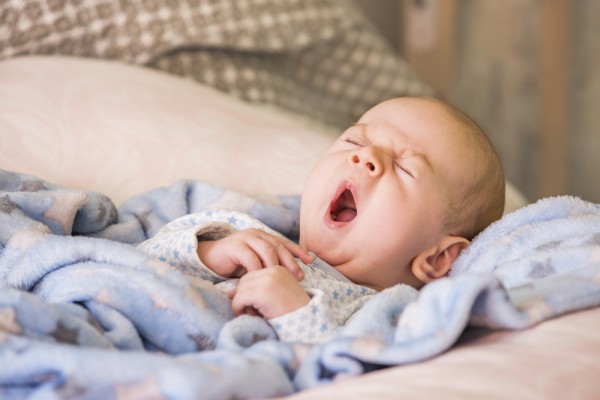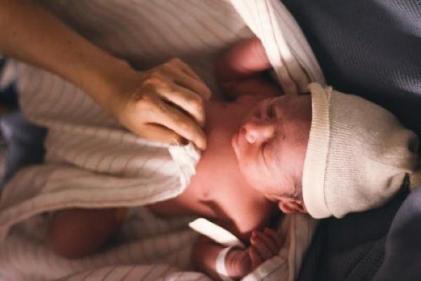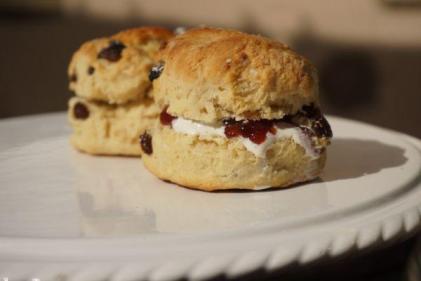The excitement that comes with a new baby is one of the most special things in the world, and getting the nursery ready for the new arrival is both great fun and really important.
It is fun to pick the paints for the walls and choose the curtains for the windows and find all the cuddly toys and soft furnishings that you hope will make your baby feel right at home.
But keeping them safe as they sleep (hopefully through the night) is one of the most important things you can do. And to do that well you need to choose the right mattress, cot and bedding carefully.
It is easy to get confused when it comes to making these choices and options and price ranges would make your head spin.
Thankfully, it is your lucky day, as we have spoken to the lovely Laura Ward of Mothercare, who has given us tips to guide us through the maze.
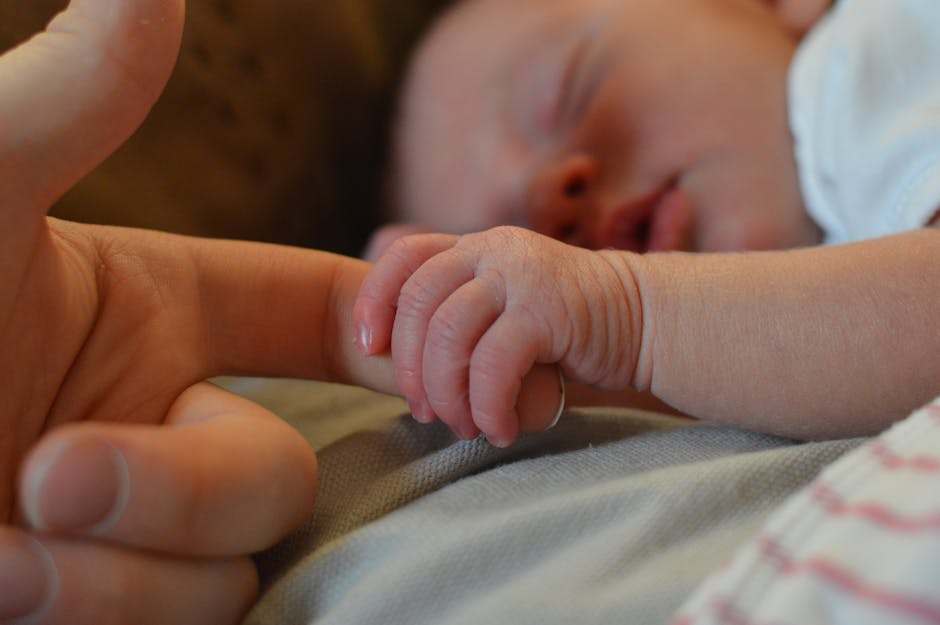
“Keeping your little one sleeping safely and soundly has so much to do with buying the right mattress,” she says. “Never let your new baby sleep on an old mattress. Get a new one as the interior of an already used mattress may have been permanently compressed by the previous baby's weight, making it less comfortable and less effective. And most importantly, less safe.”
Getting the right size and shape is essential, too she says as “little limbs can easily get caught in gaps at the sides and ends. That’s why we always recommend that any gap should be no more than 3 cm.,“ she explained.
She also reminds parents not to place cots near hot radiators, sunny window, shelves, ledges or appliances. “And never place it beneath a wall-hanging frame (especially one with glass or a mirror).”
For babies under 12 months she recommends quilts and duvets are not used, and advises against a pillow, sheepskin or hot water bottle. “The amount of bedding to use depends on the room temperature and what your baby is wearing, but we recommend a mix of sheets, blankets and a coverlet so that you can add or remove layers as necessary. For a cosy alternative to traditional top sheets, try a baby sleeping bag. Ideally get a room thermometer to monitor the room's temperature as the seasons change.”
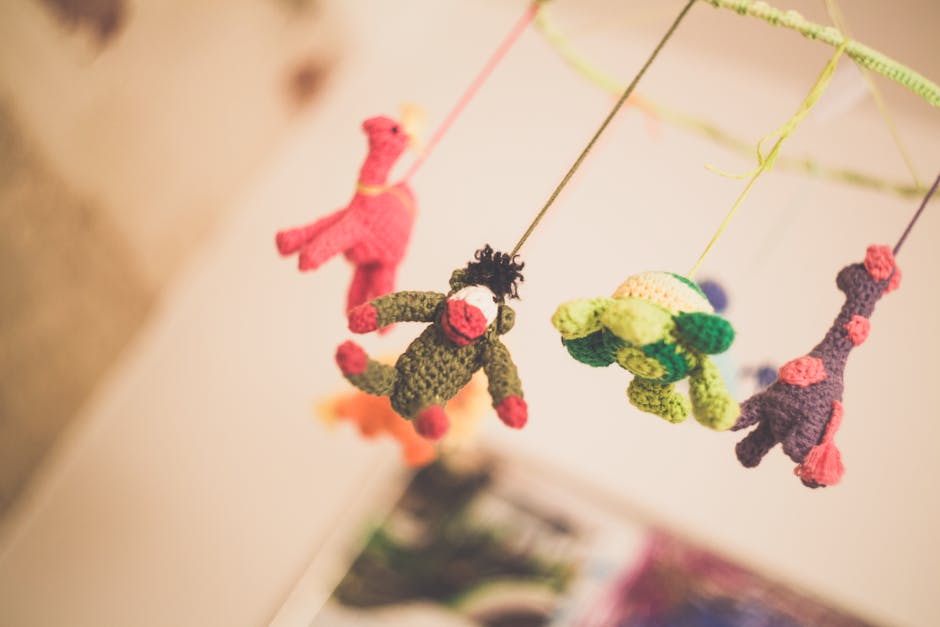
Careful Crib Notes
Make sure yours meets current government safety standards. The slats shouldn't be more than 2-3/8 inches apart. Check out the corner posts too -- they shouldn't have any decorative knobs or other elements, which could snag your baby's clothing and lead to strangulation or other serious injuries. Check (and regularly recheck) the screws, bolts, and mattress supports to make sure they're not loose or broken.
Be Cord-Cautious
Arrange the nursery so that the crib, playpen, and other low-standing pieces of furniture are away from the windows. If they're too close, your baby could reach the window cords -- a major strangulation hazard.
Toy storage
Store toys in bins or boxes without lids. If your toy chest does have a lid, it should also have a spring-loaded mechanical arm that prevents the lid from falling on your baby's hand or trapping him if he manages to climb inside.
Plugged in
Always put plug protectors in unused electrical outlets. Look for the type that covers the entire outlet plate, since a determined toddler can wiggle individual protectors out of the sockets.
Door details
Buy a gate that screws into the wall or doorjamb (pressure-mounted gates may not stand up to a determined toddler). Never use accordion-style gates with V-shaped or diamond-shaped openings - kids could be strangled by them.
Minimalism
There should only be two things in your baby's crib: a firm, tight-fitting mattress and a crib sheet.
Avoid Changing-Table Dangers
Store baby powder, lotion, alcohol-based hand gel, and other supplies in a drawer or on a shelf beyond your baby's reach.
Get Savvy About Décor
Stick to lightweight artwork - mirrors or heavy picture frames could seriously injure your baby if they fell. Avoid decorations with long strings, ribbons, or anything else that could pose a strangulation hazard.
Prevent Furniture Tip-Overs
Use braces or anchors to secure tall or heavy pieces of furniture to the wall, no matter how stable they seem to be -- the results could be deadly if they topple over onto your baby.


